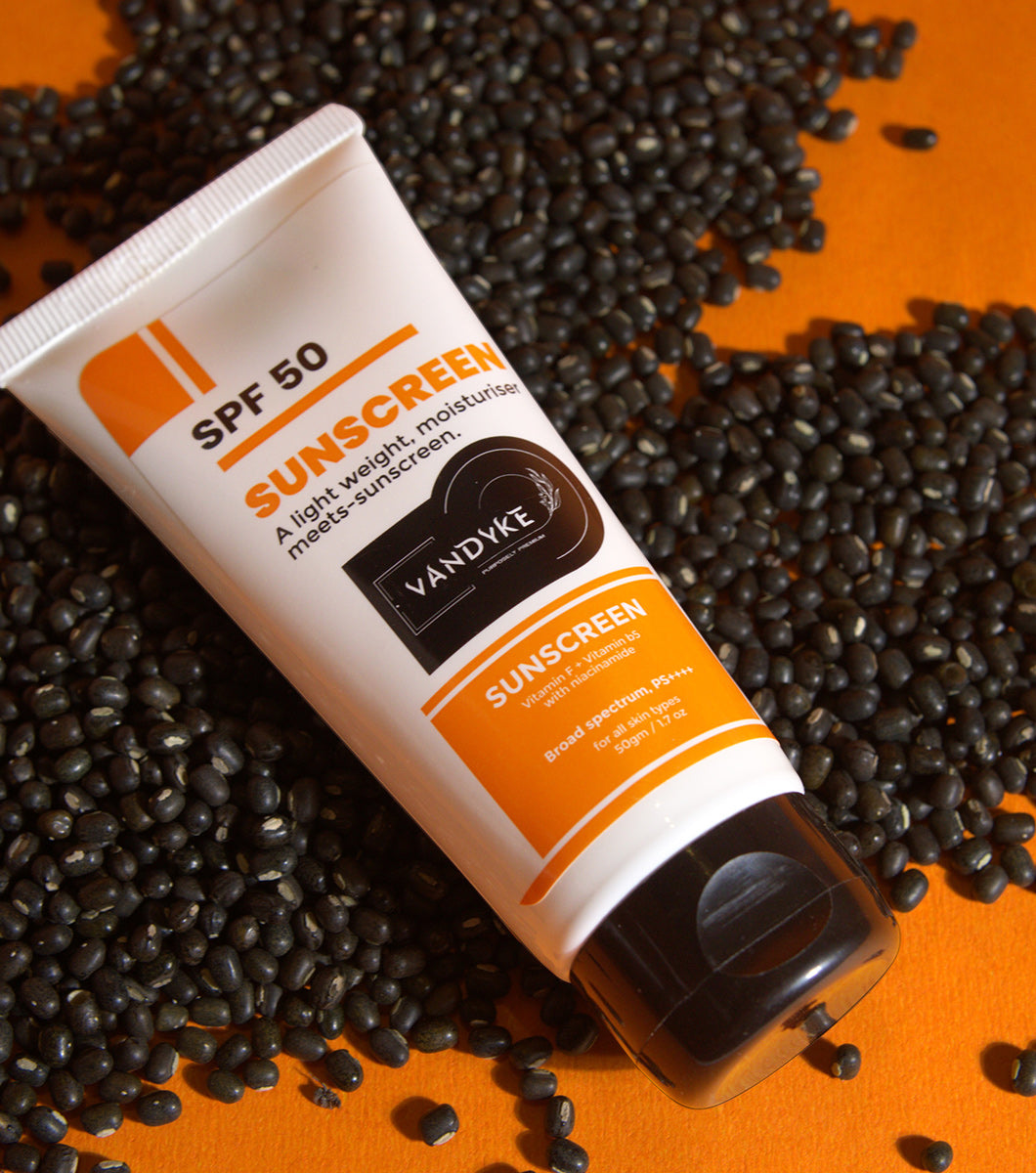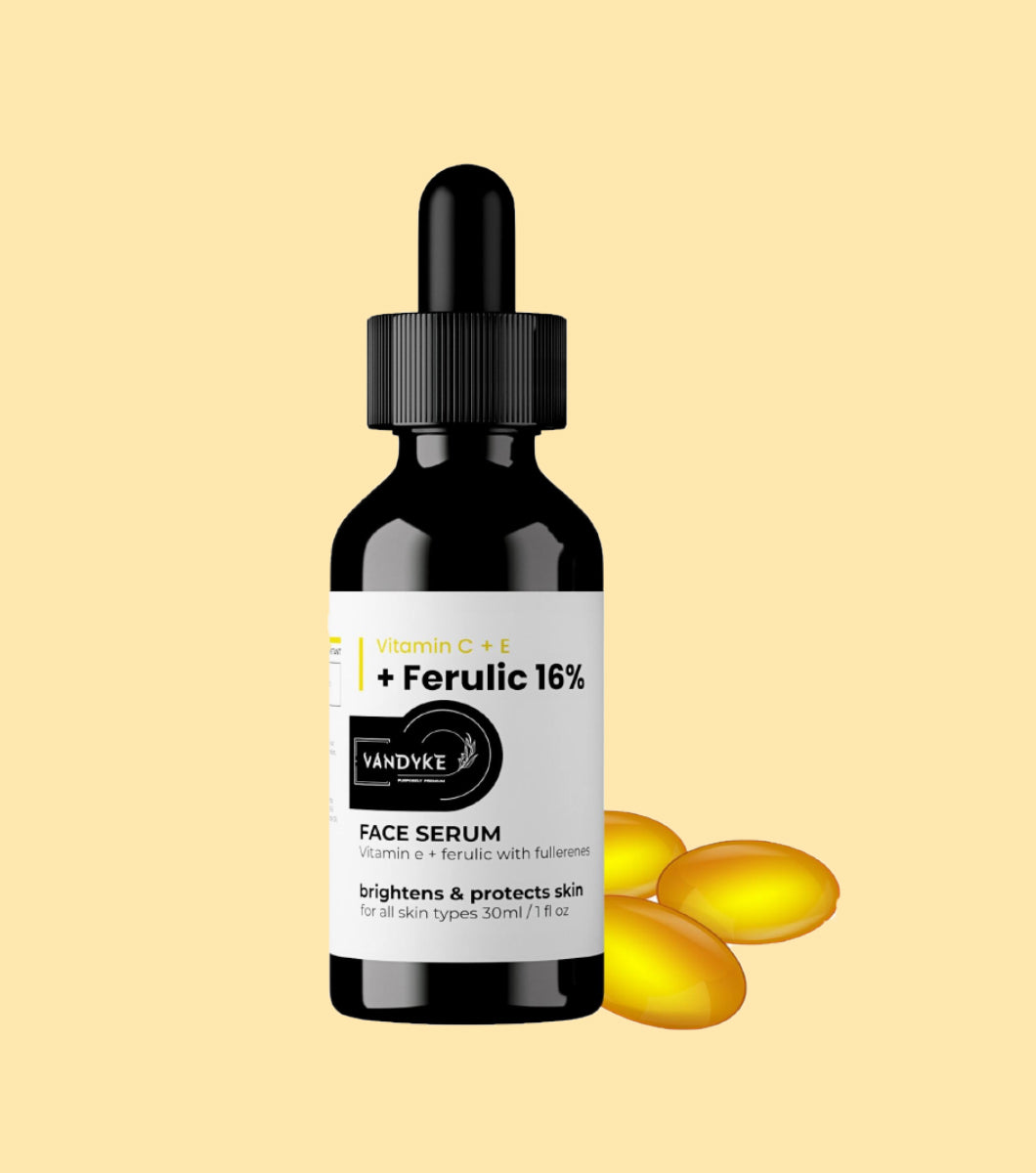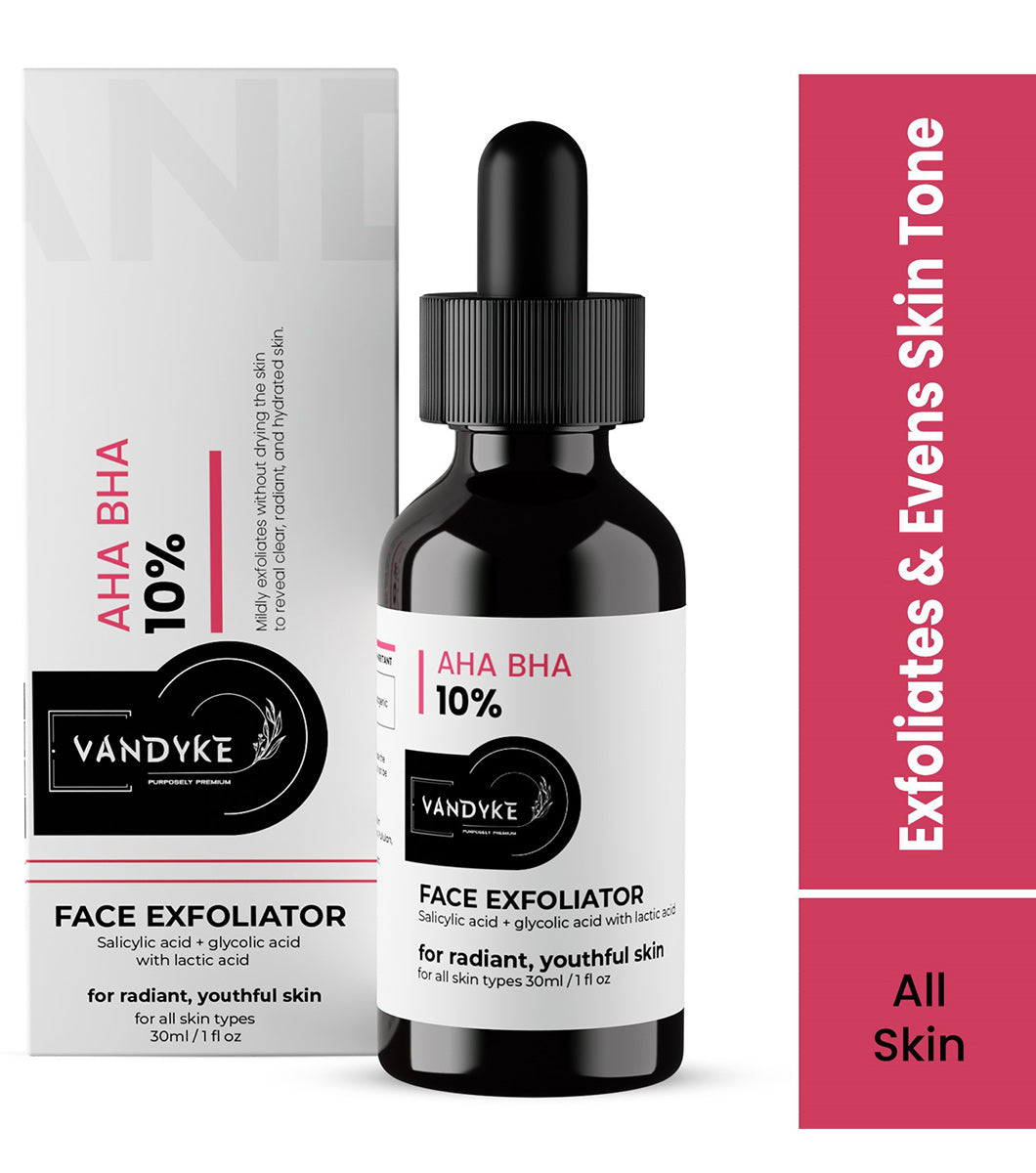
Why Does Sunscreen Leave a White Cast & How to Avoid It

Why Does Sunscreen Leave a White Cast And How to Avoid It
However, many of us have encountered the dreaded “white cast” that sunscreen may sometimes leave on our skin. Sunscreen is a necessary component of sun protection. Vandyke will explain the physics behind this phenomena and look at a number of prevention strategies in this detailed guide, guaranteeing that you can enjoy sun safety without the ghostly image.
What is White Cast?
After applying sunscreen, some sunscreen chemicals, especially physical blockers like zinc oxide and titanium dioxide, reflect visible light, causing the white cast, which is sometimes described as a chalky or pasty look on the skin. Although the reflecting qualities of these minerals might make your skin look lighter than normal, they are quite efficient at protecting your skin from the sun’s damaging rays. Depending on the composition of the sunscreen and the type of minerals used, the white cast’s intensity can change.
Why Physical Sunscreens Tend to Leave a White Cast
Physical sunscreens, commonly referred to as mineral sunscreens, block UV radiation by forming a physical barrier on the skin’s surface. Tiny mineral particles, usually zinc oxide and titanium dioxide, are used to achieve this. Despite the fact that these minerals are superb at what they do, their light-reflecting qualities might cause your skin to seem chalky.
When assessing whether a sunscreen will produce a discernible white cast, the particle size of the active ingredients zinc oxide and titanium dioxide is crucial. Larger particles were employed in older physical sunscreens, which had a higher likelihood of leaving a noticeable white film on the skin. Technology improvements in sunscreen have, however, resulted in the creation of nano- or micronized-sized particles. Because they can be sprayed more uniformly and are less reflecting, these tiny particles are less likely to create a white cast.
Does Chemical Sunscreen Leave a White Cast?
The question of whether chemical sunscreens, as opposed to physical sunscreens, produce a detectable white cast on the skin is one that many people are concerned about. Chemical sunscreens are typically less prone to produce a noticeable white cast. This is so that they may be used on a wider range of skin tones since chemical sunscreens function by absorbing UV radiation rather than reflecting them. For those with darker skin tones in particular, they tend to blend in with the skin more naturally.
While chemical sunscreens are renowned for their ability to deliver good sun protection without a white cast, it’s crucial to pick one that offers UVA and UVB protection in addition to the former. By using a broad-spectrum chemical sunscreen, you can protect your skin from the sun’s damaging rays and reduce the likelihood that it will turn noticeably white.
That’s why you should consider choosing vandyke SPF 50 sunscreen for your skin. Our vandyke spf 50 pa++++ does not leave a white cast on your skin. If you are concerned about sunscreen leaving white cast then the vandyke 50 spf sunblock is a must for you.
Vandyke 50 spf face sunscreen is the best sunblock for melasma.
How to Avoid the White Cast
- Choose the Right Sunscreen
Choose sunscreens with zinc oxide and titanium dioxide particles that are micronized or nanosized. While still offering strong sun protection, these smaller particles are less likely to produce an obvious white cast.
- Look for Tinted Sunscreens
Tinted sunscreens minimize the possibility of a white cast by blending inconspicuously with your skin tone. Additionally, they provide light coverage, which evens out your complexion. If you want to mix sun protection with a little makeup, tinted sunscreens are a fantastic option.
- Blend Thoroughly
Take your time blending in the sunscreen after applying it to your skin. Make sure to thoroughly rub it in and to cover your entire body and face. A white layer being evident is substantially less likely with proper mixing.
- Use a Primer or Moisturizer
A barrier between the sunscreen and your skin can be formed by using a moisturizer or primer beforehand. The likelihood of the sunscreen leaving a white cast may be reduced as a result. To prevent your pores from becoming clogged, choose a non-comedogenic product.
-
Consider Chemical Sunscreens
Consider utilizing chemical sunscreens if a white cast is something you’re worried about. Because chemical sunscreens absorb UV photons rather than reflecting them, they often do not create a white cast when applied to the skin. Choose products with a high level of UVA and UVB protection.
- Apply in Thin Layers
Apply sunscreen in thin, uniform layers as opposed to slathering it on heavy. The white cast effect can be lessened with this strategy. Cover all exposed parts completely, and reapply as necessary, especially if you’ve been swimming or perspiring.
- Try Sunscreen Powders
Powder sunscreens might be a useful supplement to your daily sun protection regimen. These powders can be touched up throughout the day to maintain the efficacy of your protection. They can retain sun protection without disrupting your makeup and are less prone to create a white cast.
Conclusion
Common worries about sunscreen’s white cast are more prevalent with physical sunscreens. You can pick the best sunscreen and apply it successfully by being aware of the causes and using the advice provided. Sun protection is important, but it doesn’t have to make you seem ghostly. You may enjoy the sun safely and confidently, knowing that you are protected from its dangerous rays without experiencing any undesirable side effects, by making educated decisions and taking the appropriate procedures.
Keep in mind that while preventing a white cast is crucial for many people, sun protection should always come first. No matter if you pick a chemical or physical sunscreen, use the recommended SPF level, reapply as necessary, and combine your daily sun protection practice with other strategies like wearing protective clothes and looking for shade. Sun protection may be attractive as well as functional.





































